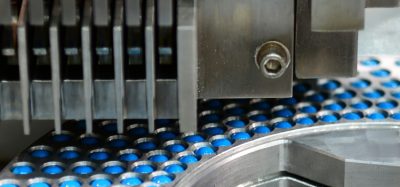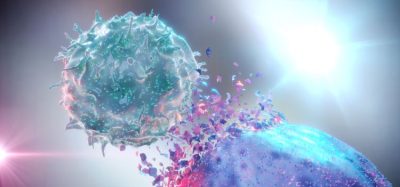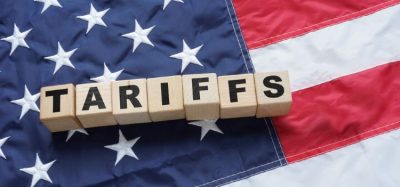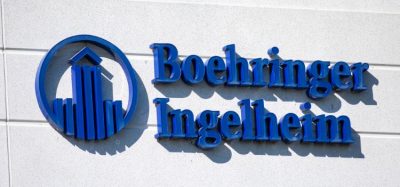EMA Annex 1 Q&A discusses bioburden considerations
Posted: 6 February 2024 | Catherine Eckford (European Pharmaceutical Review) | No comments yet
In its recent responses to FAQs relating to Annex 1, the European Medicines Agency (EMA) discusses bioburden guidelines for good manufacturing practice (CGMP) and good distribution practice (GDP).
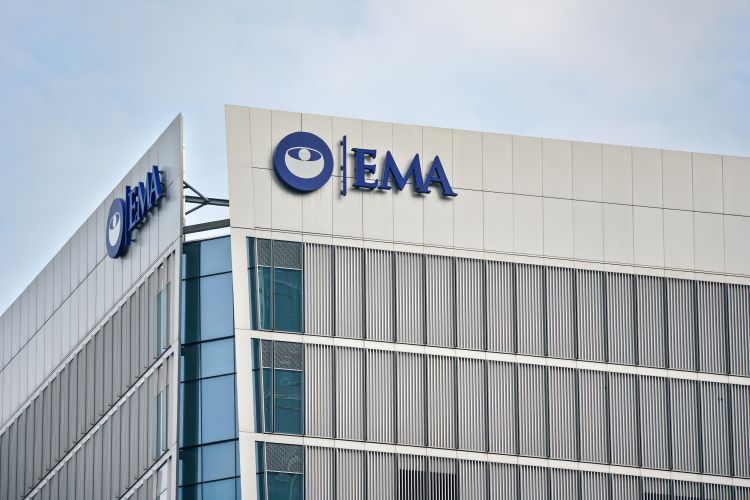

Credit: Lubo Ivanko / Shutterstock.com
Last week, the European Medicines Agency (EMA) published four new Q&As to its catalogue of Annex 1 questions. These included two questions focusing specifically on bioburden level and bioburden sampling.
These are discussed in EU GMP guide annexes: Supplementary requirements: Annex 1: Manufacture of sterile medicinal products.
What is the maximum bioburden level?
Update January 2019: This Q&A has been superseded by the Guideline on The Sterilisation of the medicinal product, active substance, excipient and primary container.
In its answer, when considering bioburden, EMA shared that the specification limits should be “NMT 10 CFU/100ml”, in line with the guideline sterilisation-medicinal-product and active-substance ref EMA/CHMP/CVMP/QWP/850374/2015.
From a good manufacturing practice (GMP) point of view, a bioburden limit of 10 CFUs/100ml before first filtration is not only “strongly recommended”, but achievable too, EMA asserted. This limit is applicable when a prefilter is installed, “unless otherwise justified”.
In relation to higher bioburden limits, these “should not be justified by the high capacity of two consecutive bacteria retaining filters”, EMA responded.
Yet for processes involving fermentation for instance, or the use of purified water for ophthalmic preparations, EMA stated that when appropriate justification is submitted “a bioburden limit of higher than 10 CFUs/100ml before prefiltration may be acceptable.”
EMA noted that in these cases, the first filter should show it can achieve a bioburden before the last filtration of NMT 10 CFUs/100ml. This is in line with the notes for guidance on manufacture of the finished dosage form (CPMP/QWP/486/95 and EMEA/CVMP/126/95).
What are the requirements for the bioburden sampling to support parametric release?
In its answer, the EMA highlighted that in Annex 1 point 10.4 “products authorised for parametric release, a supporting pre-sterilisation bioburden monitoring programme for the filled product prior to initiating the sterilisation cycle should be developed and the bioburden assay should be performed for each batch (sub batch)”.
The section also detailed steps for bioburden identification, stating that “any organisms found during bioburden testing should be identified and their impact on the effectiveness of the sterilising process determined.” EMA’s answer noted that the endotoxin/pyrogen level should be monitored, as appropriate.
In Annex 17 point 4.9, it states: “a pre-sterilisation bio-burden monitoring programme for the product and components should be developed to support parametric release.”
Additionally, “the sampling locations of filled units before sterilisation should be based on a worst-case scenario and be representative of the batch.”
EMA also emphasised the importance of considering the time between sampling, sterilisation and testing.
Moreover, alternatives to this approach “should be thoroughly justified”, according to EMA. These should consider:
- The materials involved including packaging materials
- Homogeneity of the bioburden within the different sub-batches
- Presence of the organisms
- Time between sampling and sterilisation
EMA clarified that individual Q&As in its Guidance on good manufacturing practice and good distribution practice: Questions and answers, may be removed when relevant guidelines are updated by the European Commission (EC).




